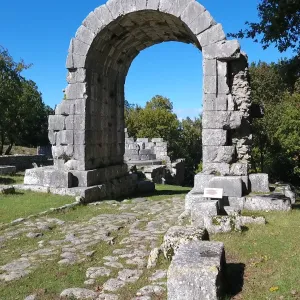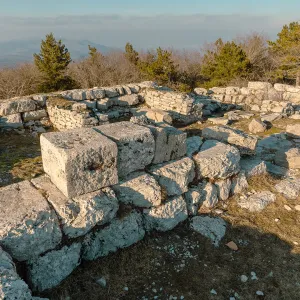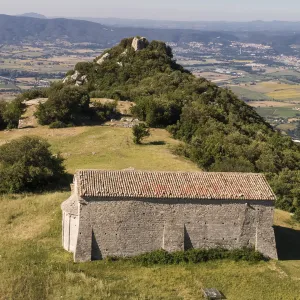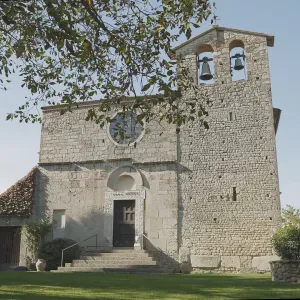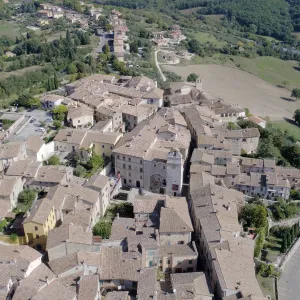Cesi
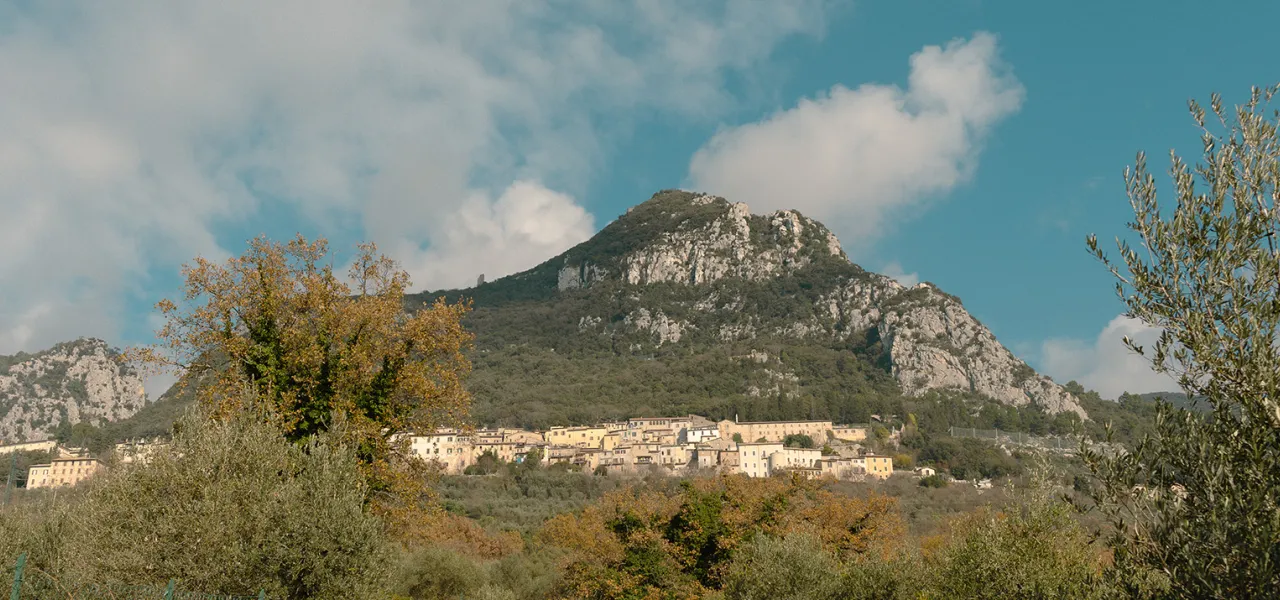
In the Middle Ages, Cesi was one of the strongholds of the Arnolfi Lands and a fortified centre that kept a vast territory under control from above, using a defensive system with watchtowers that are still "lined up" along the mountain overlooking the village, still partly protected by the walls.
Cesi is a treasure trove of beautiful architectural and artistic work that unfolds before the visitor as soon as they enter the village. The Church of Sant'Angelo awaits them and its existence was already documented in the 11th century. Extensively renovated between the 16th and 17th centuries, it houses significant archaeological finds from the surrounding area.
Immediately below is the 17th century Palazzo Contelori, which was its municipal seat in the period in which Cesi was an independent municipality (until 1927 when it was incorporated into Terni). Along Via Stocchi stands the Palazzo with the same name, whose interiors preserve important frescoes from the 16th and 17th centuries.
A little further on, the charming Church of Sant'Agnese forms an elegant scenic façade. The Church of Santa Maria Assunta, built in the 16th century but transformed in the mid-18th century, deserves a longer stop to admire the magnificent dossal "Madonna and Child Enthroned among Saints," dated 1308 and executed by the "Master of Cesi," an artist given this name on the basis of this work.
Going uphill, you come across the now deconsecrated Church of Sant'Andrea, dating back to the 12th century. The peculiarity of the façade of this building stands out as it is interspersed with numerous Roman archaeological materials from the nearby area of Carsulae.
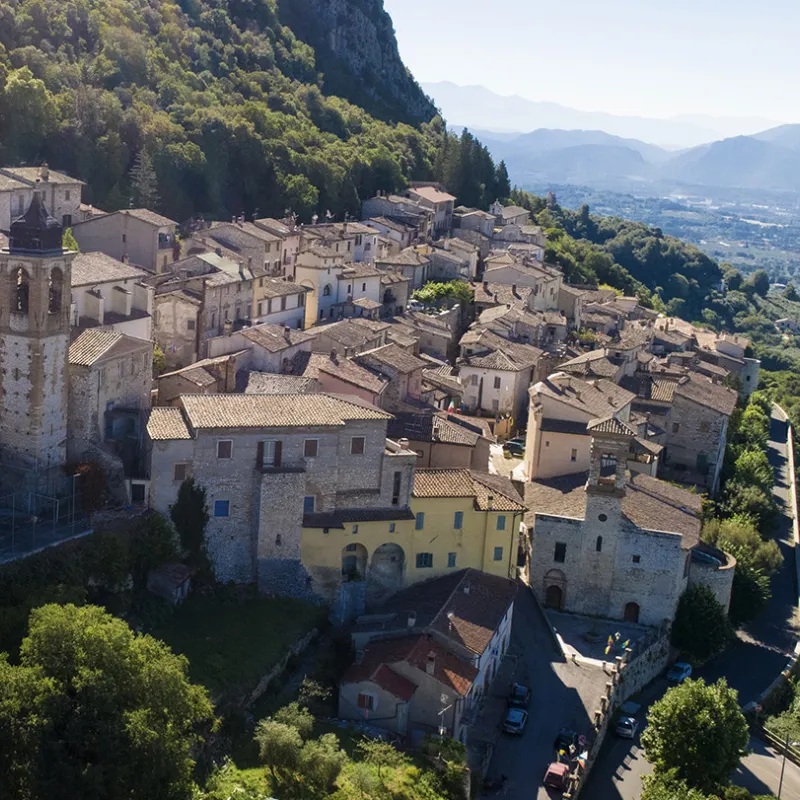
Proceeding, a few steps away there are two noble buildings that frame this end of the village: Palazzo Eustachi and Palazzo Cesi. The former has a large inner courtyard with a double loggia overlooking it. The latter, Renaissance in style, belonged to the Cesi family. From the highest part of the village, one can take a path that winds through a stretch of woodland and leads to the Church of Sant'Onofrio, the patron saint of Cesi.
After a visit to the village and its beautiful monuments, venture higher. Cesi is indeed the starting point of several itineraries that cross the southern foothills of the Martani Mountains. The magnificent views all around alone are worth the excursion. But you will also discover the "signs" left by the populations that settled in these places over time.
The village of Cesi, along with 20 others in Italy, have been chosen by the Ministry of Culture to access €20 million worth of funding for social and cultural economic regeneration through the PNRR M1C3 – Intervention 2.1 – Attractiveness of historic villages, better known as the "Borghi" Call - Line A.
To learn more, visit the project's website: www.cesiportadellumbria.it
